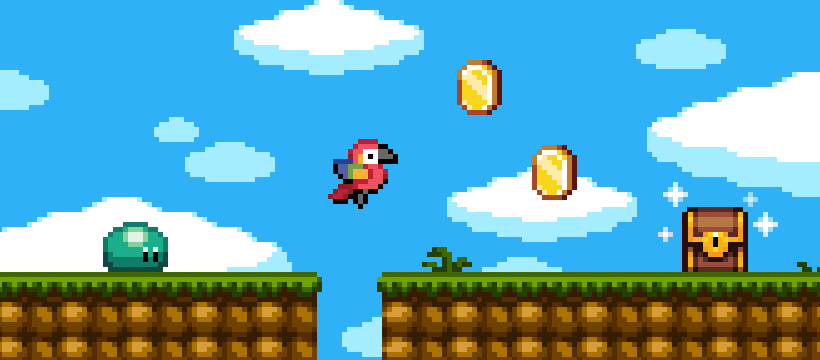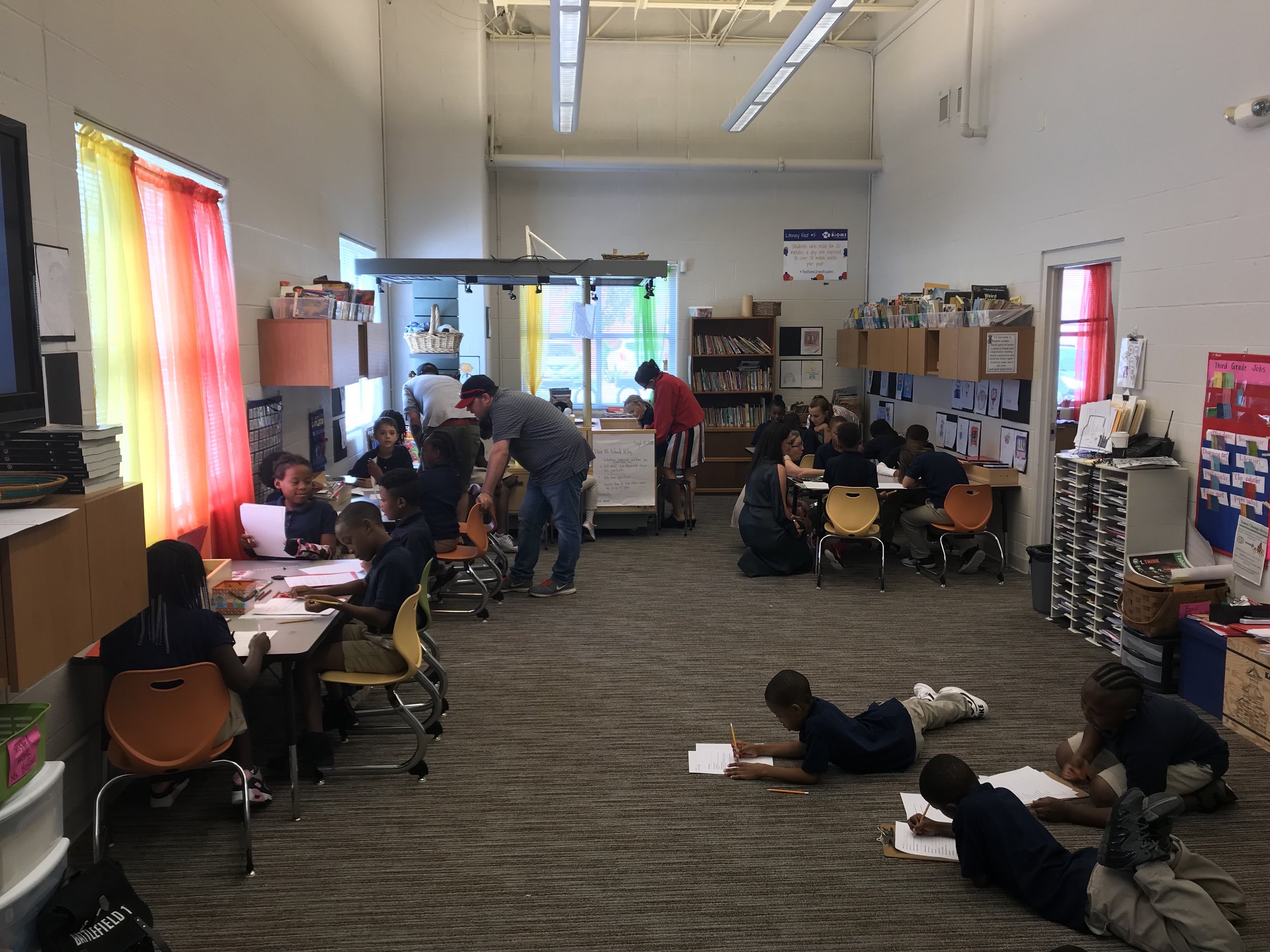Jean Turney and Amy Hoffman are a special pair of teachers. The 3rd grade educators share a room for their classes at the Biome School STEAM School in St. Louis. The Biome is a small, K-4 STEAM school with a heavy focus on educator agility, student success, and project-based-learning. It is here that Jean and Amy wrangle their 38 students into one room and teach them 21st century skills. The classroom isn’t small, but that many kids will make any space feel like a closet. The tables are lined with supplies, arranged in groups. The walls are covered in writing prompts and login credentials for class tools. It feels like a makerspace, like a tech incubator, but for much smaller entrepreneurs. Character seeps from every corner.
The Biome is 4 years old. The small STEAM charter school is built upon creating “a balanced learning ecosystem in which teachers work together with students to cultivate a growth mindset as they discover their unique gifts, talents and interests.” You feel this as soon as you cross the threshold into the building. Jean and Amy’s room is the first classroom accessible as you enter.
I recently sat down with this duo and asked them about being in a shared space, Bloxels EDU, and why they do what they do. Then I got a chance to talk to their students about using Bloxels EDU.
So tell me about yourselves. What did you do before you came to the Biome?
AH: I taught in Jennings. 4th grade.
JT: Well I spent five years as the Education Coordinator for Forest Park Forever. There I trained teachers to use the park as an extension of their classroom. So I did a lot of teacher training and then working with different groups. But I was in the classroom for 20 years before that.
Jean Turney
And what made you come to Biome?
JT: I actually came here for a workshop. Amy and I were both with similar groups of this experiential educators exchange (EEE), a kind of collaborative group of teachers who use more experiential based stuff. And we held an event here and I was super impressed with the school. I met Myles (another teacher at the Biome) in one of the workshops and he explained his project with the zoo and it was very much in the same vein of projects I had been trying to get teachers to do. Not making these places one-time field trips but more extended tools. I loved making bigger community based projects but I missed the direct connection of being in the class so I began to think that maybe there was something more. And then Trump happened and I needed a place to use the energy of the emotions I felt, and I felt that being a teacher on the frontlines was where I needed to be.
I went home from that event and looked up the school and saw the way they emphasized the kids and community over scores and saw they had openings and it kinda went from there.
Did you guys start at the same time?
AH: I have been here three years. So, a year longer than Jean. I was one of the people working to get the EEE stuff here. I came initially because of the project based learning focus and the autonomy. You know, established districts are so bogged down in red tape it’s hard to make anything happen, or adapt with the changing landscape. That really began to frustrate me. Here, I love that we can choose, it affords us a kind of agility that I didn’t have before.
How does Bloxels EDU work into your classroom?
JT: So we have been doing a Science piece about the medicinal properties of plants in the Missouri Prairies. So their stories start with something like, “Oh, I have head lice,” and then somehow they learn that Big Bluestem will help. So as their character collects that and cures it, they move on to the next thing like stomach aches, making them have to find another plant. I can guide them through doing their storyboards and getting their ideas out. Once they start making the games in the app and on the boards with blocks they really take over themselves.
AH: The kids pick up the app and its functions so fast. Most of the time it is the keeping up with them that is hard.
JT: Exactly. I work it into my Reading and Writing block, having the kids work on things like character building and world building as well, in an ongoing project. Really the kids teach us how to use the app, and they teach each other the tricks that they have learned.
Amy Hoffman
How does all of this work with you guys sharing a single space?
AH: It is a bit of a challenge. It’s great that we like each other, because if we weren’t lucky enough to have that dynamic that would make this really difficult. But it has been excellent in that we can learn from each other and play off of each other. It’s hard for the kids sometimes because it is incredibly difficult to get small group time, there just isn’t enough space for that.
JT: Their own space to be able to spread out. And, you know, as a school we are really committed to project-based-learning and so, we still do them, but with more space it would be easier for them to organize their stuff and have a place to go to and grab their things.
It’s almost like you guys have to build theater sets in between lessons, with all the parts that have to be put away and then other things brought out.
AH: Yup.
JT: Exactly. So literally, when we do our own reading groups, we put up these little barrier walls to create a sense of separate spaces.
AH: Still, even then, there is always someone moving. Always someone talking. Especially with 38 kids in a single room. But this prompts the kids to coexist more, collaborate more. It really gets them to socialize and learn to work together.
JT: The kids have just gotten to the stage where they are working with each other on their games in Bloxels EDU and teaching each other things and then playing each others games. Really in the end it’s about flexibility, it’s about communication and working together. And that’s really what Bloxels EDU is about: Giving kids those opportunities to solve problems and figure things out together.
———
I wrapped up with Jean and Amy and then their classes came in to ask me questions. The kids had dozens of suggestions for features and possible updates, they had kept track of the issues they had run into and gave me little bug reports, Most importantly, they were excited about what they were creating, and they couldn’t wait to share with me.
———
We want to thank Jean Turney and Amy Hoffman for taking time out of their day to talk to us. We certainly had a blast and we can’t wait to see what they do with Bloxels EDU in their unique classroom and with their peers.





